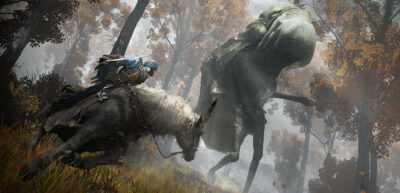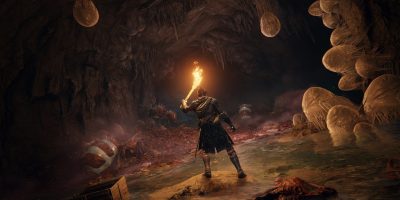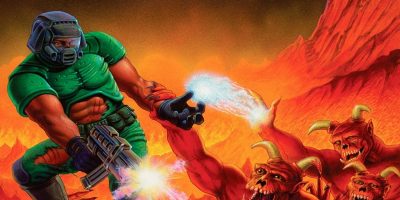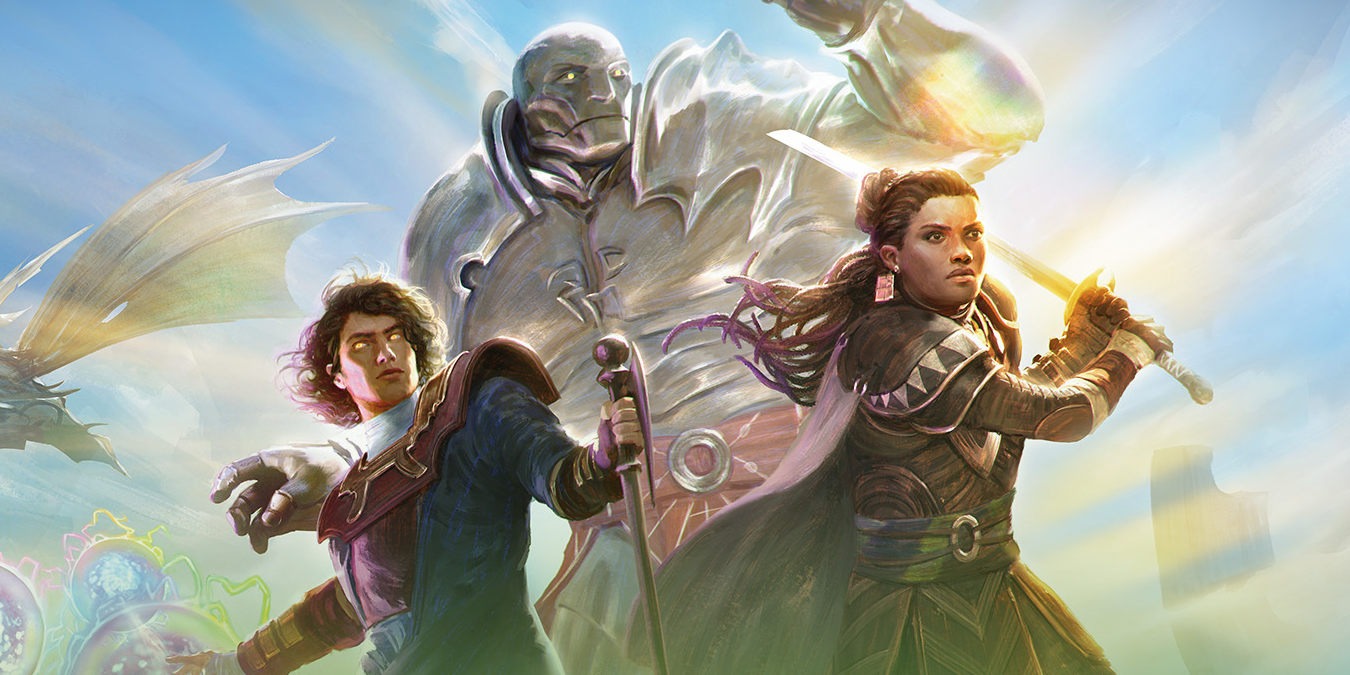
After the release of Dominaria and Streets of New Capenna, the best Standard decks in MTG have all shifted to using some form of black mana. Since the best cards now are all creatures, midrange has also become the most dominant deck archetype. Sheoldred, Tenacious Underdog, and Graveyard Trespasser will be common sights in this year’s Standard meta. In other words, welcome to the black creature parade!
Let’s take a look at the best decks ruling the Standard meta right now.
Need more card games to play? Here’s our list of the best roguelite deckbuilders.
1. Esper Midrange
Core Cards:
- Raffine, Scheming Seer
- Tenacious Underdog
- Wedding Announcement
- The Wandering Emperor
- Raffine’s Tower
Synergistic Cards:
- Obscura Interceptor
- Dennick, Pious Apprentice
- Ao, The Dawn Sky
- Thalia, Guardian of Thraben
- Ertai Resurrected
Esper Midrange is built around putting low-cost but powerful creatures on the field, protecting them with spells, and then putting down a value engine like Raffine to win the game with. Out of all the decks in the meta right now, Esper Midrange is one of the most consistent and flexible decks to play, with a wide variety of ways to build it.
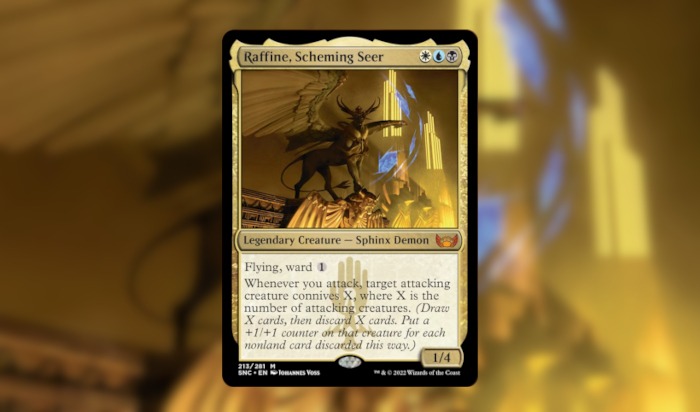
Your early game plan usually revolves around sticking Tenacious Underdog or Dennick, Pious Apprentice onto the board. Underdog is an early, aggressive body and Dennick protects your graveyard from cards like Graveyard Trespasser. Otherwise, spend removal and keep the board clear so you can drop Raffine on turn 3. When Raffine lands, you’ll be able to dig through your deck for whatever answer you need, have a powerful growing, evasive beat stick, and fill your graveyard for later recursion.
2. Mono-Black Midrange
Core Cards:
- Liliana of the Veil
- Tenacious Underdog
- Graveyard Trespasser
- Evolved Sleeper
- Sheoldred, The Apocalypse
Synergistic Cards:
Mono-Black Midrange takes the current best cards in Standard and streamlines its game plan into just getting those cards onto the board and letting them runaway with the game.
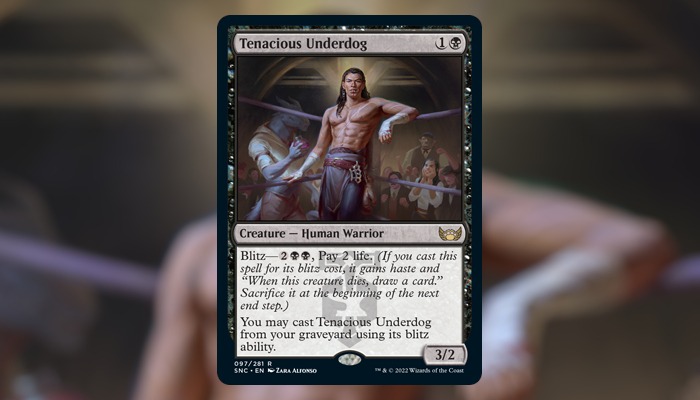
The most common value engines here are Tenacious Underdog, Liliana, Grave Trespasser, and Sheoldred. Liliana is one such advantage machine that, if left unchecked, will run away with the entire game. Tenacious Underdog is the best recurrable threat in Standard right now. Graveyard Trespasser is a check to Tenacious Underdog, and Sheoldred is at the top of the curve at 4 cmc and will easily close out the game if the board state has stalled out too much.
On top of these creature threats, Mono-Black midrange gains access to a wide toolkit of removal. In the late game, it will finish off opponents, and in the early game, it’s a useful board wipe.
3. Mono Blue Tempo/Delver
Core Cards:
Synergistic Cards:
This is the single most frustrating deck to play against in the Standard meta right now. Mono Blue Tempo wants to fill its graveyard with instants and sorceries before playing a large Haughty Djinn or Tolarian Terror to end the game with. To do that, this deck will suffocate their opponents with a massive suite of counter spells and card draw, preventing them from doing anything until your game plan takes off first.
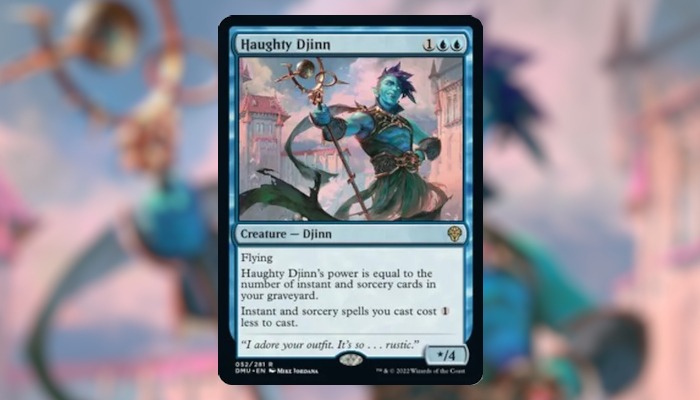
The Delver variant of this deck trades some of Tempo’s counter spells for Delver of Secrets aggressive body, more ways to fill your hand, and more creature protection spells. Between the two, Delver of Secrets is a little more aggressive and demands an early response from your opponents.
A large strength of this deck is how you’re usually in control of what gets on the board. If something does make it onto the board then you can use Fading Hope to send it back to their hand so you can counter it later.
4. Rakdos Anvil
Core Cards:
- Experimental Synthesizer
- Fable of the Mirror-Breaker
- Bloodtithe Harvester
- Oni-Cult Anvil
- Voldaren Epicure
- Voltage Surge
- Tenacious Underdog
- Reckoner Bankbuster
Synergistic Cards:
- Braids, Arisen Nightmare
- Ob Nixillis, the Adversary
- Sorin the Mirthless
- Dragonspark Reactor
- Soul Transfer
Rakdos Anvil is one of the most adaptable decks thanks to its flexible game plan: it wants to get Oni-Cult Anvil onto the board then begin sacrificing artifacts to create 1/1 artifact creatures. These creatures can then swarm the board or be sacrificed to the anvil to slowly drain your opponents of life. The swarm of tokens also protects your life total since opponents will have to swing through a wall of weak creatures to get to you.
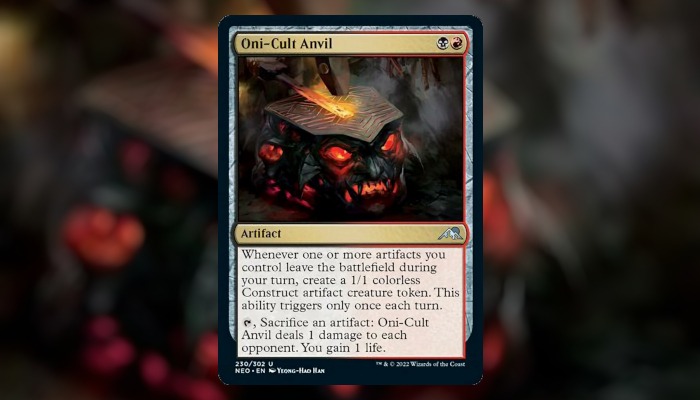
Multiple copies of Oni-Cult Anvil on the board means a single artifact token can turn into multiple creature tokens on your turn. In desperate situations, Oni-Cult Anvils can sacrifice themselves to their own effects to create emergency blockers or attackers.
To facilitate its game plan, Anvil runs a suite of cheap creatures that are capable of creating artifact tokens that sacrifice themselves. Reckoner Bankbuster is able to keep the Anvil player’s hand stocked with threats and create a treasure token to trigger Anvil. Bloodtithe Harvester and Voldaren Epicure create blood tokens to filter your hand and also feed the Anvil.
5. Jund Midrange
Core Cards:
- Bloodtithe Harvester
- Workshop Warchief
- Graveyard Trespasser
- Fable of the Mirror-Breaker
- Sheoldred, the Apocalypse
- Ziatora Proving Ground
Synergistic Cards:
Jund Midrange is a fairly straightforward deck to play. Your gameplan is to just flood the board with efficient beaters. Most of the time, this is done by getting Workshop Warchief onto the board. It has an amazing 5/3 body which is able to trade with Sheoldred, it gives you three life to outlast aggressive decks, and it creates a 4/4 Rhino when it dies.
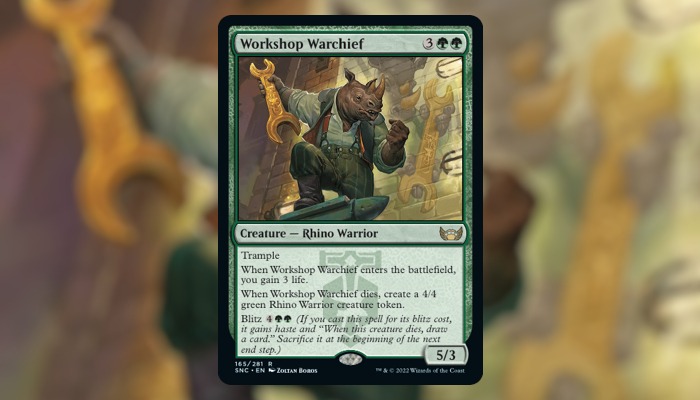
In the early game, Jund Midrange is able to rely on Bloodtithe Harvester, Graveyard Trespasser, and Fable of the Mirror-Breaker to help stabilize itself. The creature token made by Fable of the Mirror-Braeker also helps ramp this deck into Workshop Warchief or Sheoldred.
If your opponent plays a threat, Jund Midrange has plenty of options to answer it. Boseiju, Cut Down, Infernal Grasp, Unleash the Inferno and Riveteers Charm are all amazing tools to get Jund out of sticky situations.
6. Jund Windgrace
Core Cards:
- Soul of Windgrace
- Titan of Industry
- Graveyard Trespasser
- Bloodtithe Harvester
- Cruelty of Gix
- Fable of the Mirror-Breaker
- Ziatora’s Proving Ground
Synergistic Cards:
Jund Windgrace follows a similar template to its midrange counterpart, but in exchange for Workshop Warchief and a variety of control options, Jund Windgrace adds creatures that are able to generate more value in the late-game like Soul of Windgrace (the name sake of the deck) and Titan of Industry.
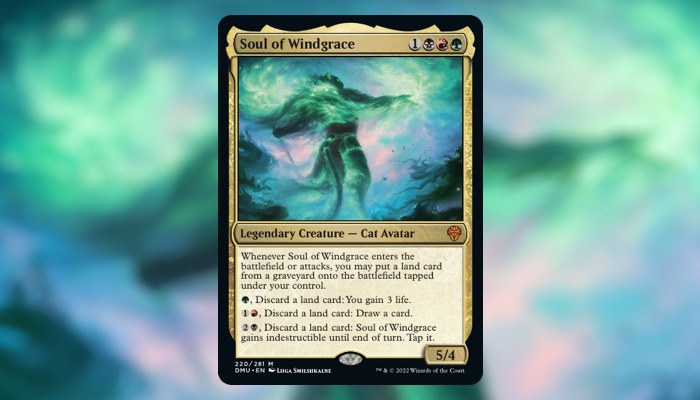
As a further point of comparison, Windgrace decks will rely more on their graveyard and recursion pieces. This is best seen from how it leans on cards like Soul of Windgrace and The Cruelty of Gix. Windgrace will put a land card from graveyard to battlefield when it enters or when it attacks. Cruelty of Gix is able to tutor for either Titan of Industry, Windgrace, or in some decks, Ob Nixilis, to end the game or swing the board back in your favor. Windgrace acts as both ramp and a way to keep your hand filled with options.
7. Grixis Midrange
Core Cards:
- Ertai Resurrected
- Corpse Appraiser
- Bloodtithe Harvester
- Tenacious Underdog
- Sheoldred, the Apocalypse
- Fable of the Mirror-Breaker
Synergystic Cards:
Grixis Midrange strikes a balance between the control offered by blue and the mid range strength behind Rakdos. Tenacious Underdog, Reckoner Bankbuster, Fable of the Mirror-Breaker, Sheoldred, and Bloodtithe Harvester form a strong red/black core of beaters and value. The introduction of Ertai Resurrected combined with Make Disappear and any other counter spells players may want to add like Negate gives this deck just enough counter magic to stall out other decks and protect its important creatures/planeswalkers.
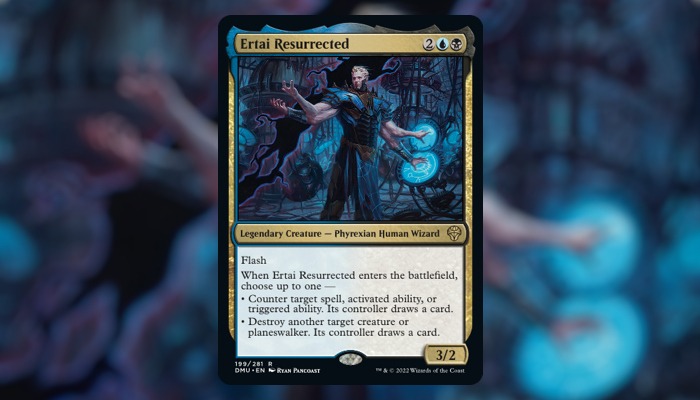
Corpse Appraise also deserves a special mention here since it both checks decks that rely on graveyard recursion (like the other black decks in this list), allows you to find a card you need out of your deck, and is a useful 3/3 body. In best of 3 games, Grixis Midrange can bring an extreme amount of consistent graveyard hate by also bringing Graveyard Trespasser into the sideboard.
8. Rakdos Midrange
Core Cards:
- Fable of the Mirror-Breaker
- Bloodtithe Harvester
- Tenacious Underdog
- Graveyard Trespasser
- Sheoldred, the Apocalypse
- Ob Nixilis the Adversary
- Liliana of the Veil
- Sorin the Mirthless
Synergistic Cards:
Compared to its Anvil counterpart, Rakdos Midrange loses the artifact synergies in favor of sticking to what’s extremely effective in Standard right now. Cards like Tenacious Underdog, Bloodtithe Harvester, Graveyard Trespasser, and Sheoldred are once again the stars of thishigh efficient deck. However, a large difference here is the usage of planeswalkers to gain value. Other decks will rely on larger creatures to close out games, but Rakdos Midrange instead relies on the steady value generated by its walkers as they hide behind a wall of recurring creatures.
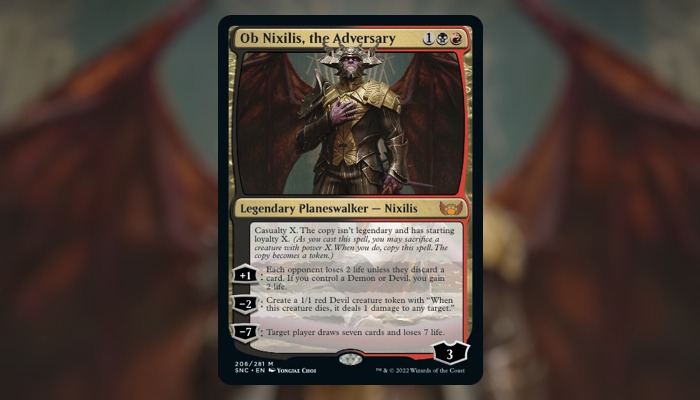
Rakdos Midrange shares more in common with Jund Midrange decks in that its strategy is fairly straight forward – put creatures down on curve, swing where you can, protect walkers until they can help you run away with the game. But while Jund Midrange has to contend with three colors to get its game plan going, Rakdos Midrange’s streamlined card selection allows it to be far more consistent across games while still offering more options than Mono-Black Midrange.
9. Mono Red Aggro
Core Cards:
- Falkenrath Pit Fighter
- Phoenix Chick
- Bloodthirsty Adversary
- Thundering Raiju
- Lightning Strike
- Play with Fire
- Fable of the Mirror-Breaker
- Kumano Faces Kakkazan
Synergistic Cards:
Mono Red Aggro is a deck that has a simple, time-tested plan. For those new to Magic, Mono Red Aggro wants to put down cheap creatures as fast as possible and then proceed to beat their opponent’s face to death in an honorable display of fisticuffs. No dirty tricks, no extra colors to worry about. Just good old fashioned monsters beating up opponent’s face.
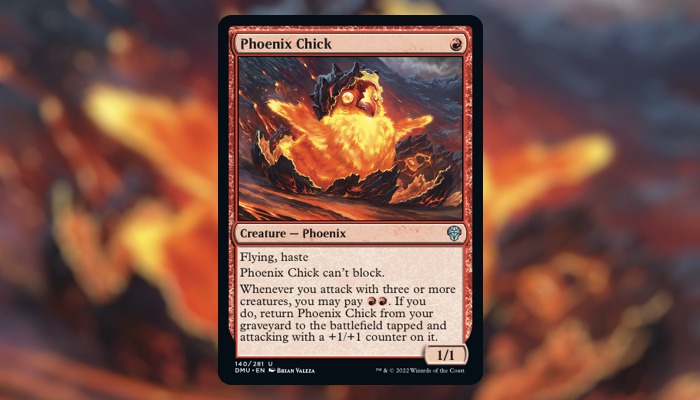
In this current Standard, Mono Red Aggro primarily uses Phoenix Chick and Flakenrath Pit Fighter to establish an early board. Phoenix Chick is especially great for this since it’s an inexpensive, hasty, flying, recurrable creature.
Once the board is clogged with your opponent’s creatures or other means of stopping you from attacking them, Mono Red players will use Thundering Raiju and Bloodthirsty Adversary to create a massive swing from out of nowhere to close out the game.
10. Selesnya Enchantments
Core Cards:
- Generous Visitor
- Spirited Companion
- Kami of Tranisence
- Teachings of the Kirin
- Jukai Naturalist
- The Restoration of Eiganjo
- Wedding Announcement
- Katilda, Dawnhart Martyr
- Leyline Binding
- Eiganjo, Seat of the Empire
- Boseiju, Who Endures
Synergistic Cards:
Just as the name suggests, Selesnya Enchantments wants to rule the board by putting down a bunch of enchantments and creatures that grow stronger with each enchantment that you play.
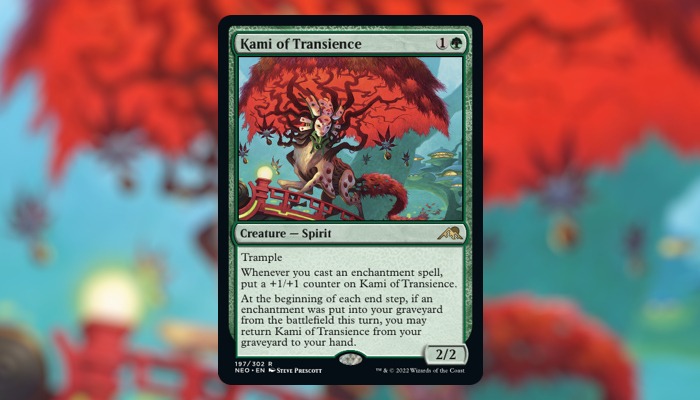
The key creatures to this plan are Generous Visitor, Spirited Companion, Kami of Transience, Katilda, Jukai Naturalist, and Dawnhart Martyr. Generous Vistor, Kami of Transience, and Katilda grow with each enchantment that you play. Kami also has the benefit of coming back to the battlefield whenever you lose an enchantment from your side of the board. Katilda, in comparison, can turn into an enchantment that buffs one of yoru creatures when she dies and is recast from the graveyard. Jukai Naturalist facilitates all of this madness by making all enchantments cheaper and comes with lifelink to keep you healthy.
Once these creatures are on the board, the enchantments used in this deck will help fill your hand with cards again, or remove your opponent’s threats. Leyline Binding is commonly used as an affordable removal spell while Wedding Announcement is a valuable source of card draw in this deck.
Want more magical content? Take a look at the top 10 cards from Kamigawa and the best clan combos in Monster Train.






